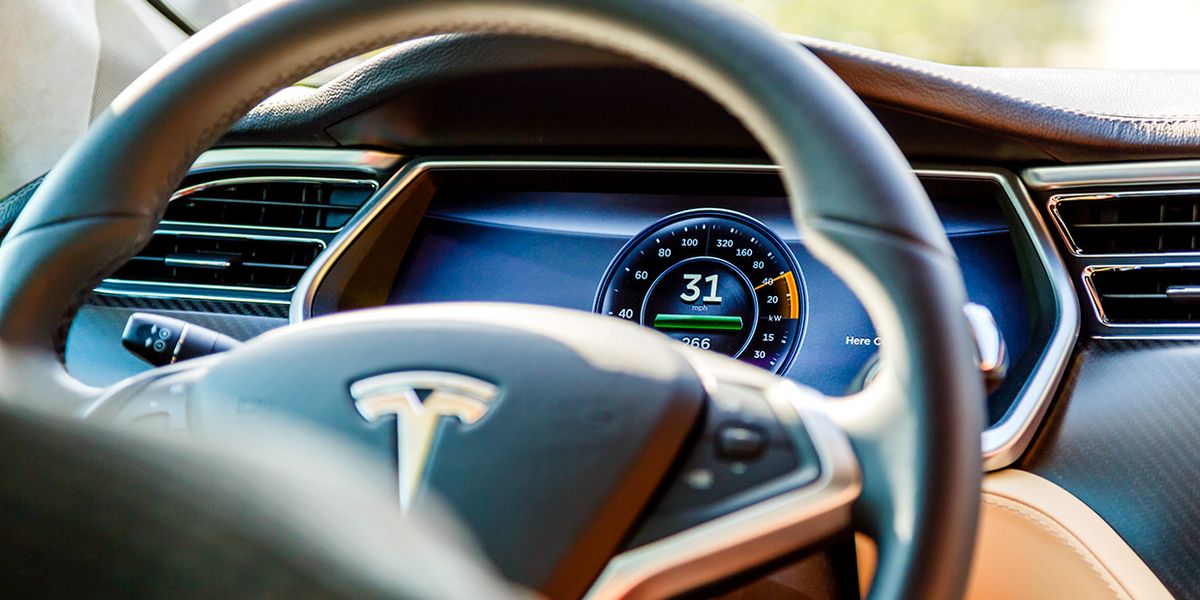Daniel in SD
(supervised)
Did I miss something? When did camera only autonomy happen?Name one expert that has said camera-only autonomy will happen in the coming years.
There has been a lot of "experts" doing marketing. MobilEye hasn't claimed autonomy for camera-only for the last 3-4 years. Measuring the distance physically rather than guessing from a 2D image gives you a lot of extra safety for a relatively low cost.
Freeway stop and go isn't a meaningful ODD imho, but I agree it may be doable in 3-5 years. The main question is why would you want to do it with camera only. It makes no business sense if you are liable and can 10x MTBF for $500 p.u.
Mobileye has been showing camera only self driving systems for years. They just claim that they’ll use a parallel LiDAR based system to achieve the necessary reliability.
They achieved camera only before Tesla:




